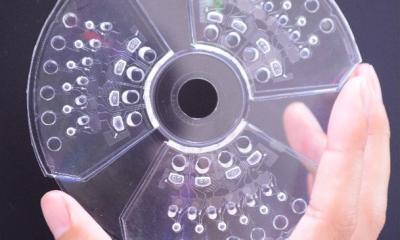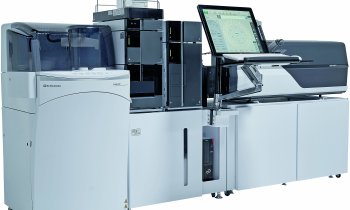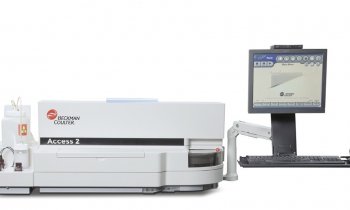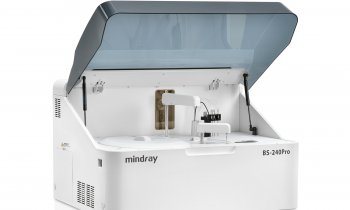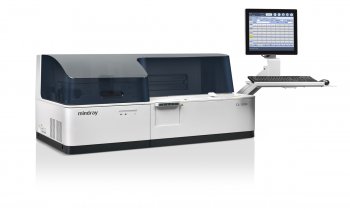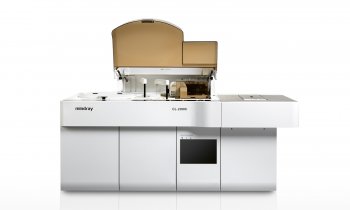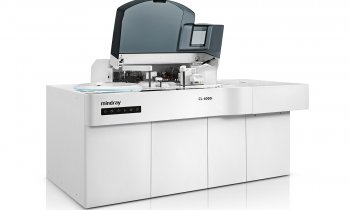© George Prentzas – unsplash.com (editing; HiE)
News • Pulsed infrared light to enhance diagnostics
Finding the ‘fingerprints’ of cancer
Cancer diagnoses traditionally require invasive or labor-intensive procedures such as tissue biopsies.
The research was published in ACS Central Science. In this proof-of-concept study, blood plasma from more than 2,000 people was analyzed to link molecular patterns to lung cancer, extrapolating a potential “cancer fingerprint.”
Plasma is the liquid portion of blood, depleted of any cells. It carries diverse molecules such as proteins, metabolites, lipids and salts throughout the body. Some molecules carried by blood plasma indicate potential health conditions. For example, unusually high levels of prostate-specific antigen are used to screen for prostate cancer. Theoretically, a medical test that measures a broad range of molecules could identify a pattern specific to different cancers, leading to quicker diagnoses and reduced costs. To look for telltale chemical patterns of cancer, Mihaela Žigman and colleagues tested a technique called electric-field molecular fingerprinting that uses pulsed infrared light to profile complex molecular mixtures in blood plasma.
Laser-based infrared molecular fingerprinting detects cancer, demonstrating its potential for clinical diagnostics
Mihaela Žigman
First, the researchers used the electric-field molecular fingerprinting technique to send ultra-short bursts of infrared light through plasma. They analyzed samples from 2,533 study participants, including people with lung, prostate, breast or bladder cancer and those without cancer. For each sample, they recorded the pattern of light emitted by the molecular mixtures in the plasma — called an “infrared molecular fingerprint.”
Using these complex patterns from individuals with and without cancer, the researchers taught a machine learning model to identify molecular signatures associated with the four types of cancer. The computer model was tested on a separate subset of participants’ samples to see how well the model could perform on unseen test data. The analytical technique demonstrated a convincing level of accuracy (up to 81%) in detecting lung cancer-specific infrared signatures and differentiating them from control samples obtained from individuals without cancer. However, the computer model’s performance had lower success rates detecting the other three cancers. In the future, the researchers aim to expand and test the approach to identify additional cancer types and other health conditions.
"Laser-based infrared molecular fingerprinting detects cancer, demonstrating its potential for clinical diagnostics,” Žigman says. “With further technological developments and independent validation in sufficiently powered clinical studies, it could establish generalizable applications and translate into clinical practice — advancing the way we diagnose and screen for cancer today.”
Source: American Chemical Society
09.04.2025



